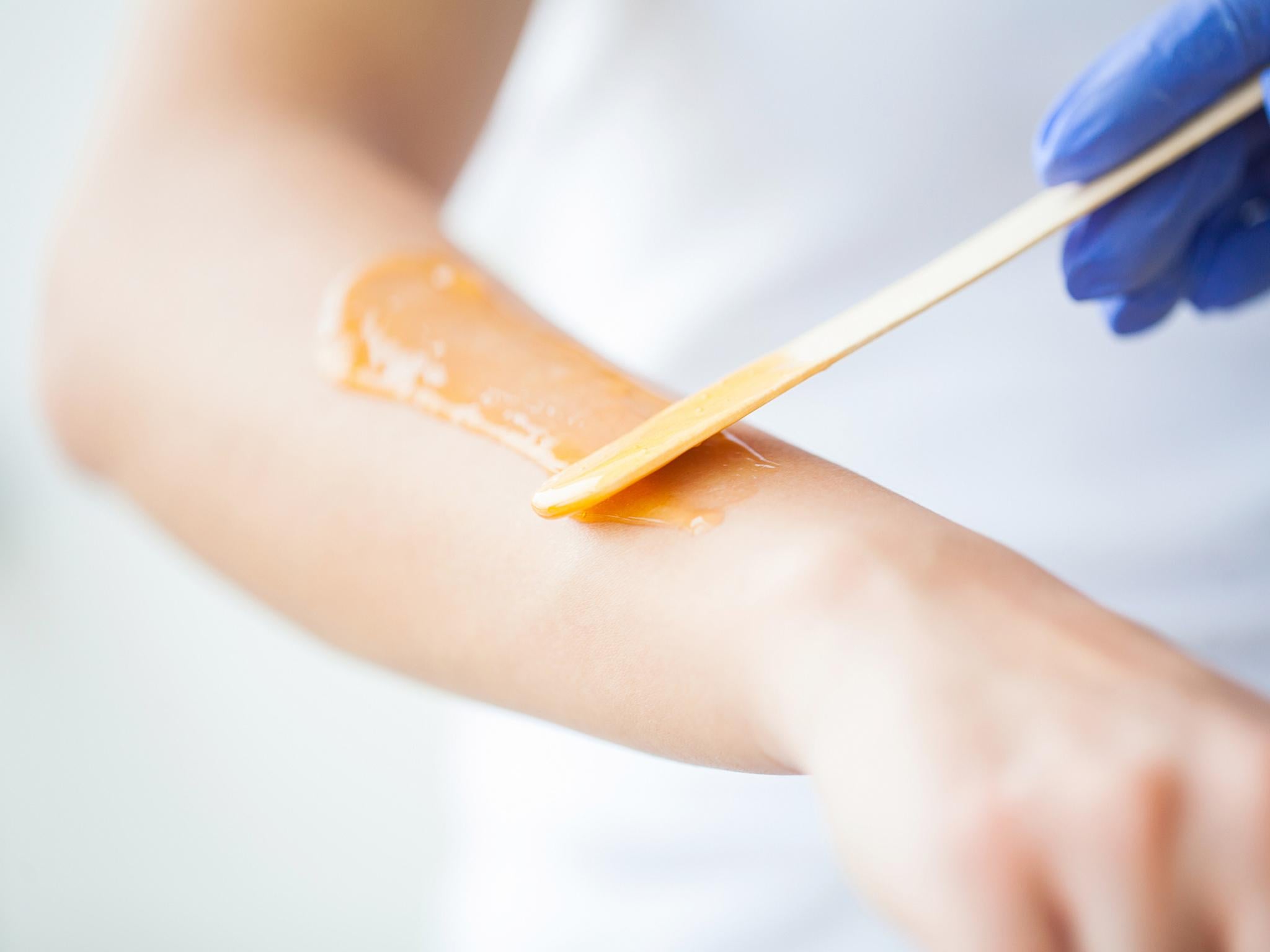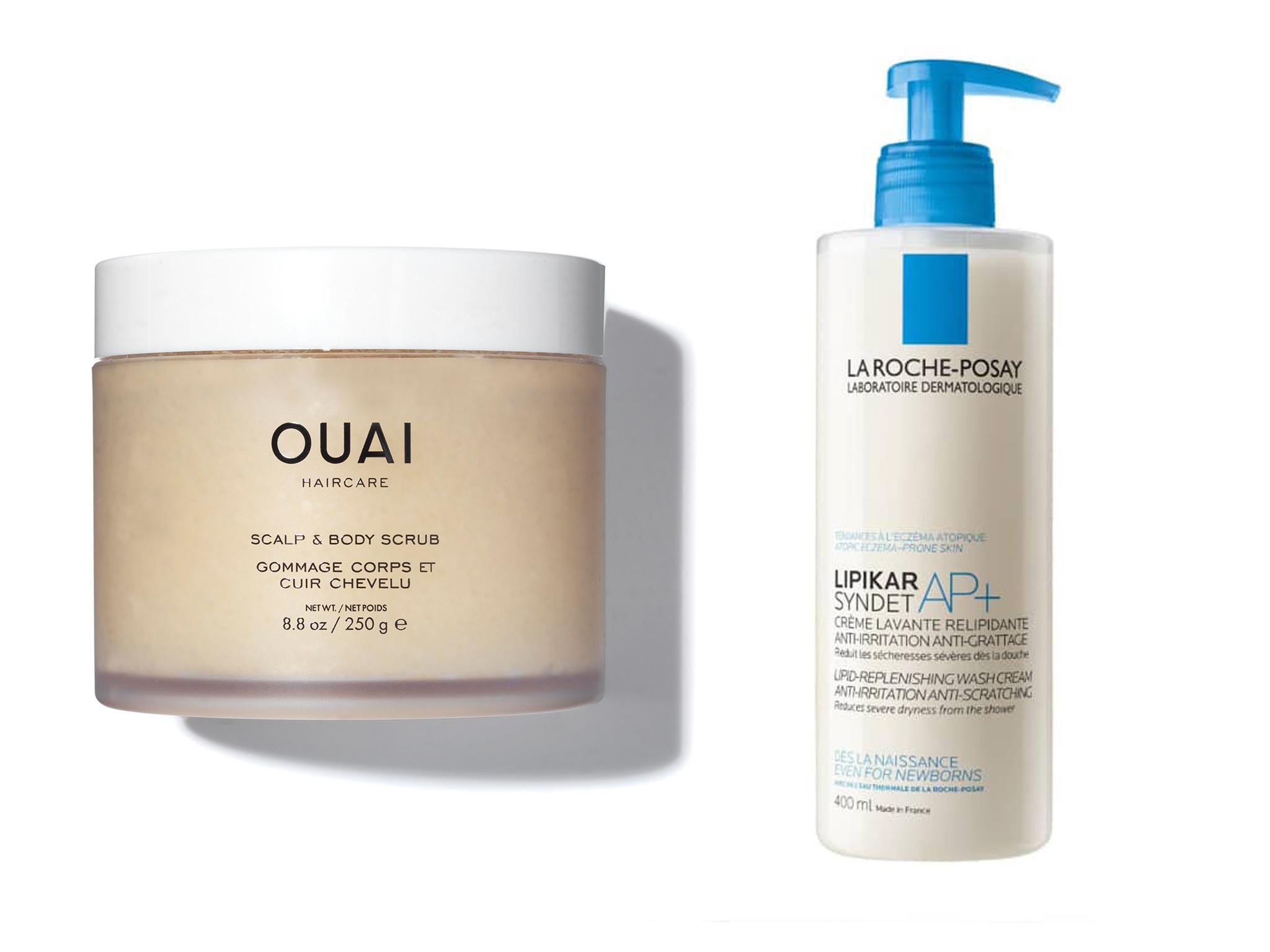The Independent's journalism is supported by our readers. When you purchase through links on our site, we may earn commission. Why trust us?
How to wax at home: our guide and the best products
These are the dos and don'ts – and the products you need – for a DIY job

Your support helps us to tell the story
From reproductive rights to climate change to Big Tech, The Independent is on the ground when the story is developing. Whether it's investigating the financials of Elon Musk's pro-Trump PAC or producing our latest documentary, 'The A Word', which shines a light on the American women fighting for reproductive rights, we know how important it is to parse out the facts from the messaging.
At such a critical moment in US history, we need reporters on the ground. Your donation allows us to keep sending journalists to speak to both sides of the story.
The Independent is trusted by Americans across the entire political spectrum. And unlike many other quality news outlets, we choose not to lock Americans out of our reporting and analysis with paywalls. We believe quality journalism should be available to everyone, paid for by those who can afford it.
Your support makes all the difference.Waxing is one of the quickest ways to remove unwanted body hair, and while visiting your local salon is out of the question, it can also be done at home, as long as you follow a few simple steps.
If you prefer a hair-free bikini line, underarms, legs or want to tidy up facial hair that’s becoming overgrown while we are in lockdown, it is more painful than shaving we’ll admit, but done properly, it will last longer than shaving and leave less stubble regrowth.
It's especially useful to know as more and more beauty salons have been advised to close under lockdown rules, as new areas of England, including the rest of the south east, large parts of the midlands, north west, north east and south west have been added to tier 4.
This is due to the close proximity required between beauticians and their customers, which cannot be avoided.
To ensure a successful at-home job, just make sure you follow the instructions carefully and start with easier areas like your legs before you attempt more delicate places like your bikini line.
For anyone with a low pain threshold, Cynthia Chua, founder of Ministry of Waxing advises using hard wax, which is applied and then removed without using strips.
“It’s the least painful as the wax does not stick to the skin it only adheres to the hair. It shrink-wraps around the hair and removes from the root causing no irritation to the epidermis (the surface of the skin)."
Here’s your go-to guide on waxing at home safely and effectively.
You can trust our independent round-ups. We may earn commission from some of the retailers, but we never allow this to influence selections. This revenue helps us to fund journalism across The Independent.
Prepare properly beforehand
It’s important that you prep the skin before you apply any hot wax or strips. Chua recommends sanitising the area to remove bacteria and perspiration. “If a professional waxing product is not available, any skin cleanser is sufficient. Check the product is not oil based as the oil will prevent the wax from sticking to the skin,” she says.
The La Roche-Posay lipikar syndet AP(+) shower gel, £16.50, is formulated for sensitive and eczema-prone skin. It reduces dryness and effectively cleanses to leave you with a comfortable starting point to begin waxing.
And if your hair is too long, trim it, otherwise, the shaft of the hair can get stuck in the wax.

It’s also worth exfoliating the day before you wax to get rid of any dead skin cells, as they can clog up the wax and be removed instead of the hair.
The Ouai scalp and body scrub, £32, is a sweet-smelling product that also doubles up a pre-shampoo treatment if you have a dry scalp. Apply to damp skin and massage in before rinsing off.
Application is everything
"Always apply wax in the direction of the hair and remove in the direction against the hair growth", Chua advises.
If you’re concentrating on sensitive areas like the bikini line and underarms, then make sure you use hard wax as this will allow you to apply on the same area twice if you didn’t get all the hair the first time.
Do not wax over open cuts and grazes or when you’re on your period, as you will be more sensitive.
Also a note from Chua: “Don’t just rip the wax off without stretching the skin as this can cause damage and erythema, (rash-like lesions) to the skin.”
The wax kits to use
If it’s your first attempt at waxing at home, we’d recommend the Rio total body waxing hair removal kit, £39.99, for a complete kit that will enable you to try it on all areas.
It contains both hard and soft wax options, a heater, a removable pan to collect any wax spillages, a thick wad of strips, wax cleaning fluid and a DVD guide to walk you through the different methods and techniques. When our IndyBest reviewer tried it, there was no redness afterwards and the results lasted a fortnight.

For something a little more low-key, this Nad's facial wand eyebrow shaper, £7.99, is ideal for weekly touch-ups on your stray brow hairs. The wand is filled with a cold gel which you heat up by rubbing between your hands for 30 seconds or pop in the microwave for five seconds. Then, simply twist the end and apply a thin layer of gel onto the stray hairs, take the strips and pull in the opposite direction.
If you want to regularly wax more delicate areas like the bikini line, try the Parissa strip-free hot wax, £8.99. It’s made from gum rosin (the resin from pine plants), beeswax, canola oil and chamomile and once it’s been heated on the stove in the metal pan it comes in – heat until at least half the wax has melted and is a honey texture – smooth it onto skin using the spatula and leave a thicker rim around the edge so it’s easy to pull off. Once the wax has cooled, take the rim and pull in the opposite direction of hair growth.

The kit also comes with a small bottle of azulene oil, which can prevent pesky ingrown hairs later when hair starts to grow back.
Nads natural sugar wax, £10.99, comes with the sugar wax, cotton washable and reusable strips, wooden applicators and a pre-wax cleansing soap to prep skin with. It’s a good go-to if you make mistakes or it’s your first time trying waxing as you can rinse it off with water and reapply if needs be, without leaving your skin feeling sticky. It warms up with your body heat once you’ve smoothed it onto skin, or you can place it in hot water 10 minutes before use.
Aftercare is equally as important
Once you’ve removed the hair, the job doesn’t stop there. Sanitise your skin again, using an antibacterial solution or cleanser in order to minimise bacteria getting into your pores and causing irritation.
To calm any redness and hydrate, Chua recommends applying an aloe vera lotion (we suggest Dr Organic aloe vera skin lotion, £7.99), to soothe skin and wear loose clothing to allow the area to breathe. “Cotton clothing is the best to enable this,” she adds.
To avoid irritating the skin, try to avoid bathing or showering for eight hours, and if you do need to, only use warm water. Steer clear of too much sun also, as post-waxed skin is more vulnerable to UV rays, which can lead to sun damage and hyperpigmentation if you're not careful.
Read our guides on how to cut your hair at home here and how to keep your brows in check here